Studio Essentials: Kris Baha
The Australian producer and sound engineer details his favorite pieces of kit.
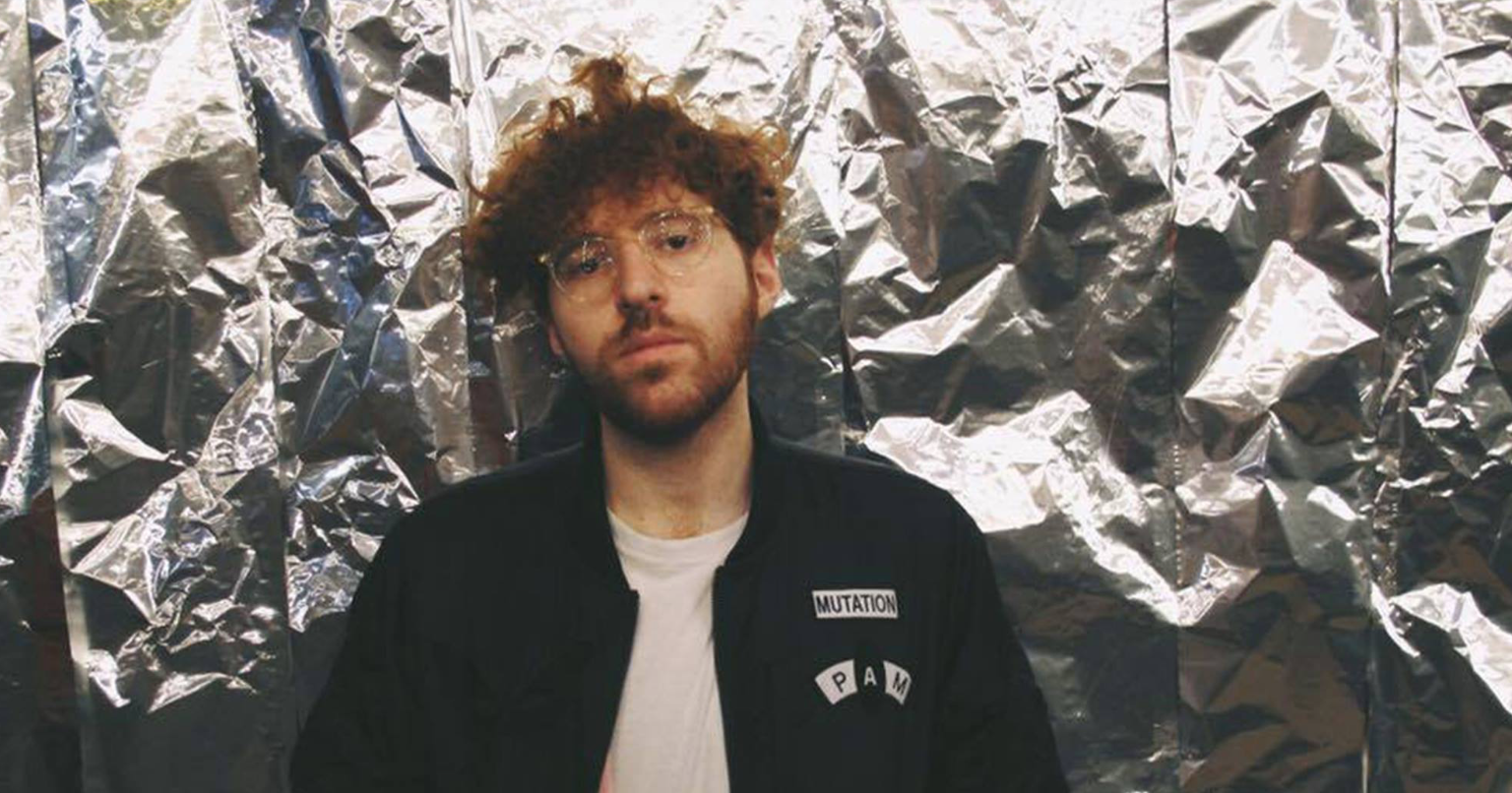
Australian DJ-producer and sound engineer Kris Baha heads up Power Station Records, a label that stemmed from a weekly club night he ran with brother Dan and Michael Delany in Melbourne, before relocating to Berlin three years ago. Recent releases have come from dane//close, Disrute, and piska power, while Baha also put out a solo EP in 2016. His later solo work has landed on CockTail d’Amore, Bahnsteig 23, and, most recently, Pinkman; while in collaboration with Dreems as Die Orangen, Baha tours live and also shared a full-length last year, titled Zest. Sonically speaking, his work leans towards industrial and wave—dark, deep, and twisted but not without a playful, energetic feel. To learn more about the sound and the key components behind it, XLR8R dialed in with Baha from his new Berlin home.
In addition to sharing his favorite pieces of studio kit, Baha has offered up an exclusive track “Dead To Romance” for download, available via WeTransfer at the bottom of the feature.
Kris Baha will be playing the Opium of the People showcase at Berlin’s Wilde Renate alongside Christopher Rau, Autarkic, Dreems & Von Party, and more. You can find more information here.
Dave Smith Poly Evolver
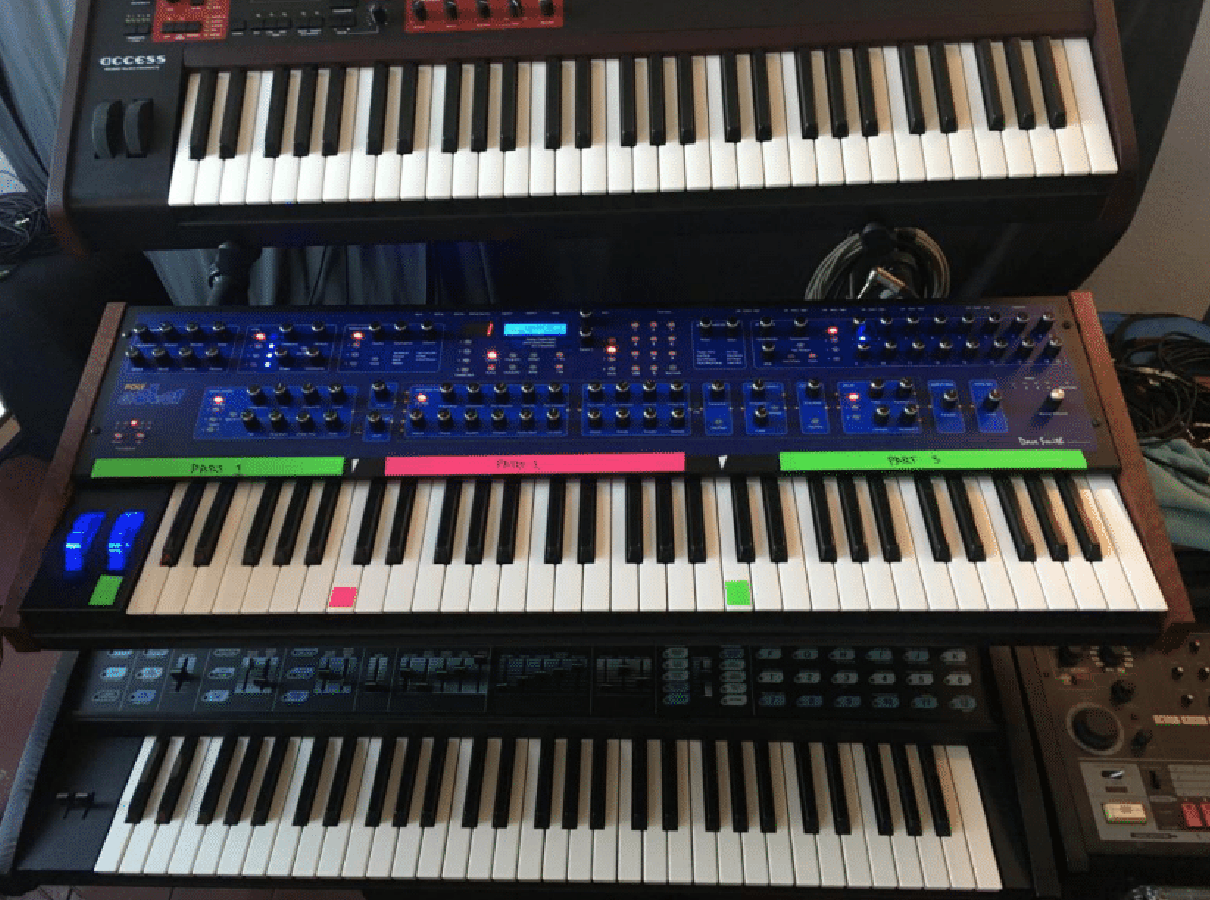
This is an essential piece for me, it was one of my first Poly synths I purchased in 2007. It always has a way of coming back into my music and I find that I am using it more than ever now—even in my live shows. For those out there that are unfamiliar with this synth, it’s the modern sound of a Prophet VS with two analog and two digital OSCs, a 1-step four-part sequencer, feedback overdrive, three delays with two feedback controls and one of them returning back into the filter section that unlocks a key to the infinite delay vortex.
The “barking dog” synth sounds in “Autora” are from the Poly Evolver sequencer running whilst playing with the release and assigning one of the sequencer tracks to the third envelope to play with the release further—this is also used for the lead lines on most of my music.
ARP 2600
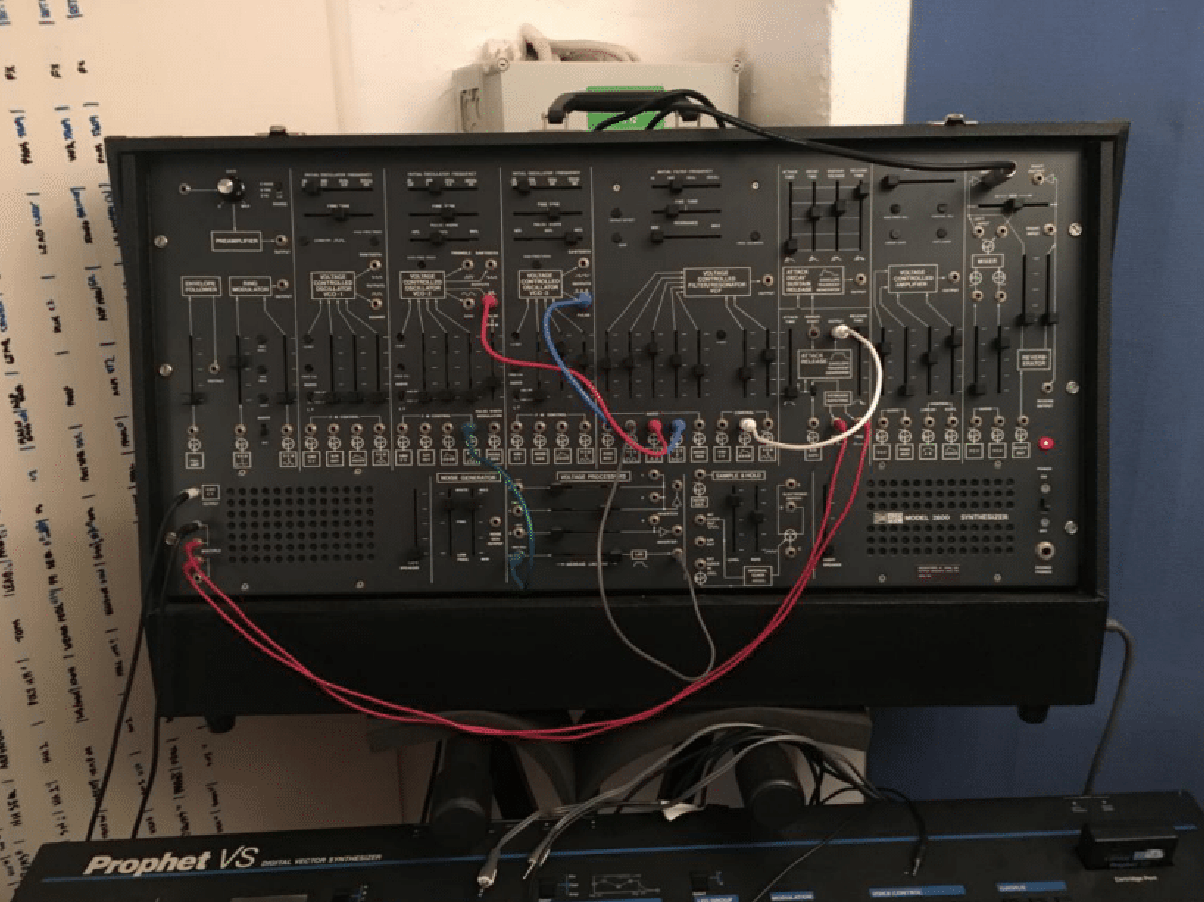
I was lucky enough to get this really cheap a while back in an eBay Auction with no other bidders. I’d say that I use this a lot. I’ve made lots of tracks with it: the bass from “Autora,” the main sequence in “Notion of Dismay,” and the leads in “Flashback,” for example. This version is the Tonus model with an imitation of Robert Moog’s 4-pole “ladder” VCF (before the lawsuit from Moog). It has three oscillators, (almost) endless patching options, and a dual spring reverb tank.
Elektron Octatrack and Dave Smith Tempest
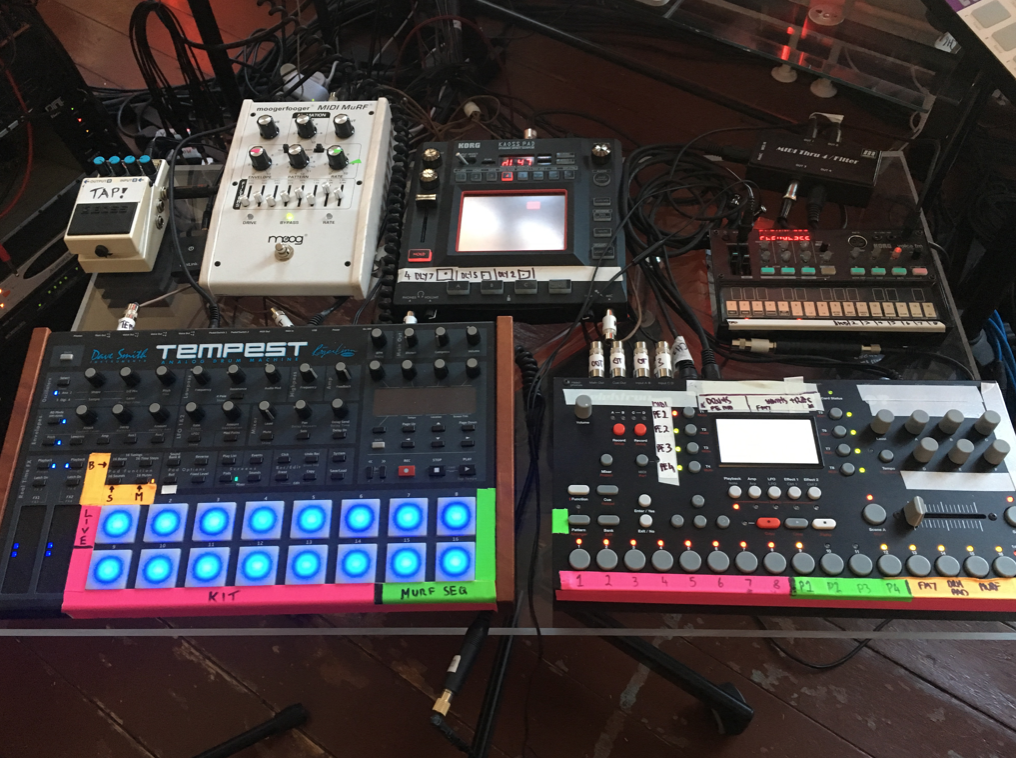
The Tempest is the main drum source for me. It really is much more than a drum machine though; it is a synthesizer at its core. You could create a whole song from it if you wanted. The recent updates have really taken it to its fullest potential with the onboard Arp and better programming functions. In tandem with the Octatrack, this is quite a powerful combination for studio and live performance, and is my main source of writing and jamming now. The Octatrack took a while to understand but now that I know its limitations and architecture, it really can create new, exciting ideas, which is what I’m always looking for.
Toft Audio Designs ATB 24
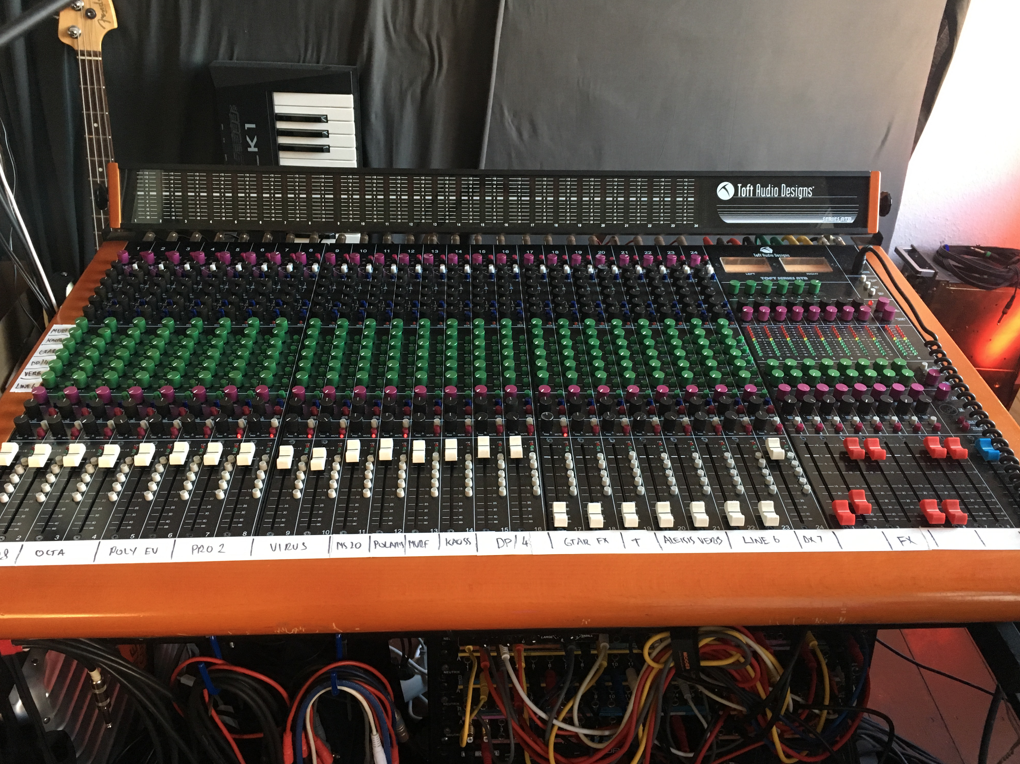
I’ve had this for about 10 or so years and again, it’s a big part of how I work as a songwriter, producer, and mix engineer. I generally jam live and multitrack so everything is going through this desk (or preamps to blend a sonic palate) before hitting my Lynx converters. This way I have a rough sketch of the track and all the parts as a multi-track. It’s a well-known desk now due to it being fully analog and a modern recreation of the original Trident (which my studio partner, Cosmo Vitelli, has). I’ve found it doesn’t exactly respond to how older analog desks would—for example, it doesn’t sound that great if you drive the Toft, as I feel the master starts to break up, especially in the low frequencies. Mixing at moderate levels and gain staging right gets it sounding great. The entire Autora EP was mixed on the Toft.
ZONE
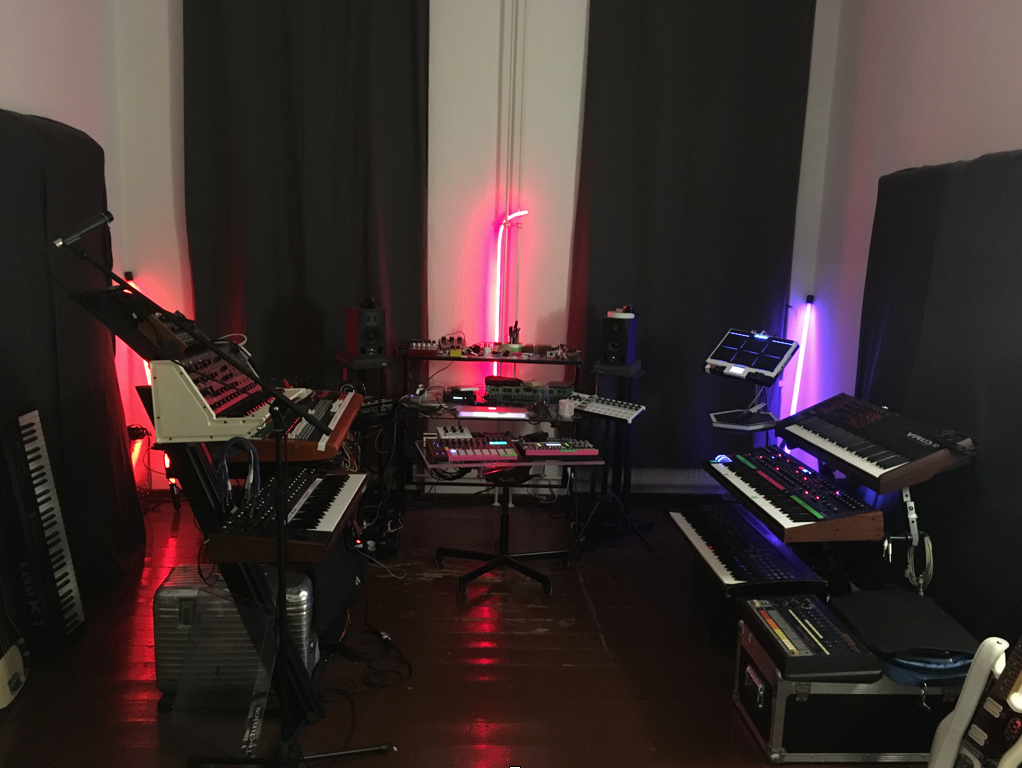
Being in an environment you can feed off visually really improves my productivity and general direction and inspirations. So, most of the compositions and ideas I have start here in this room.
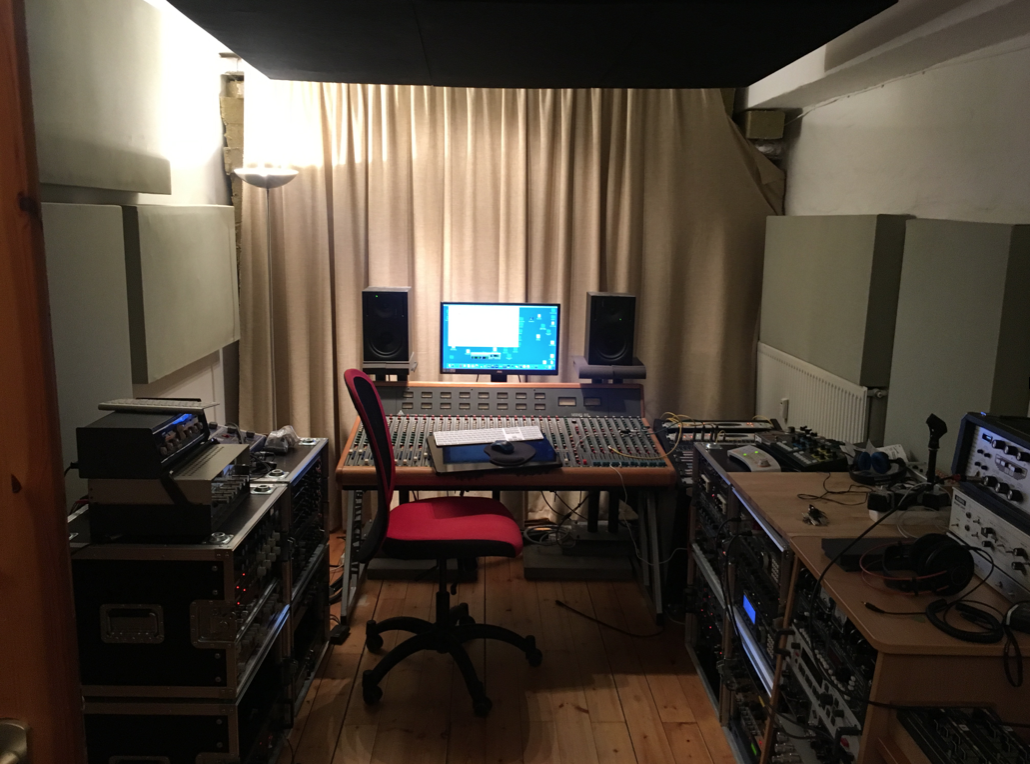
Everything is then finished up and mixed down the road at my studio I share with Cosmo Vitelli, which you can see above.
Outboard – H3000, LEX 200, and Preamps
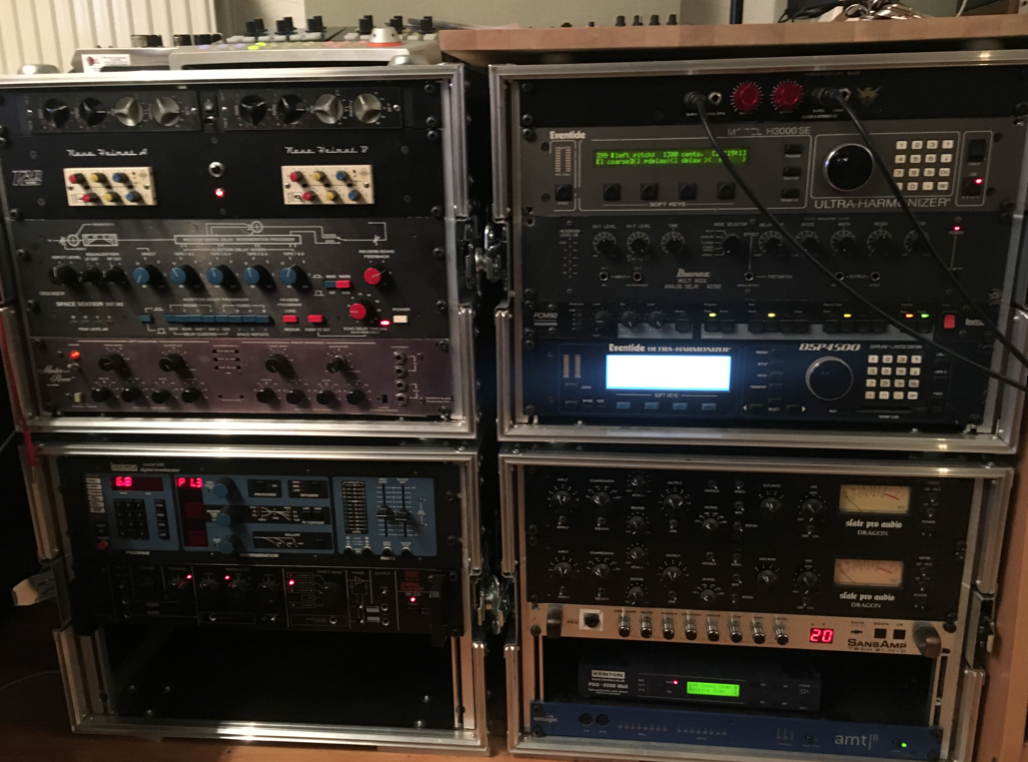
I love effects, so the H3000 is generally featured on everything I do, as well as the LEX 200 Inverse Reverb.
Echolette E51
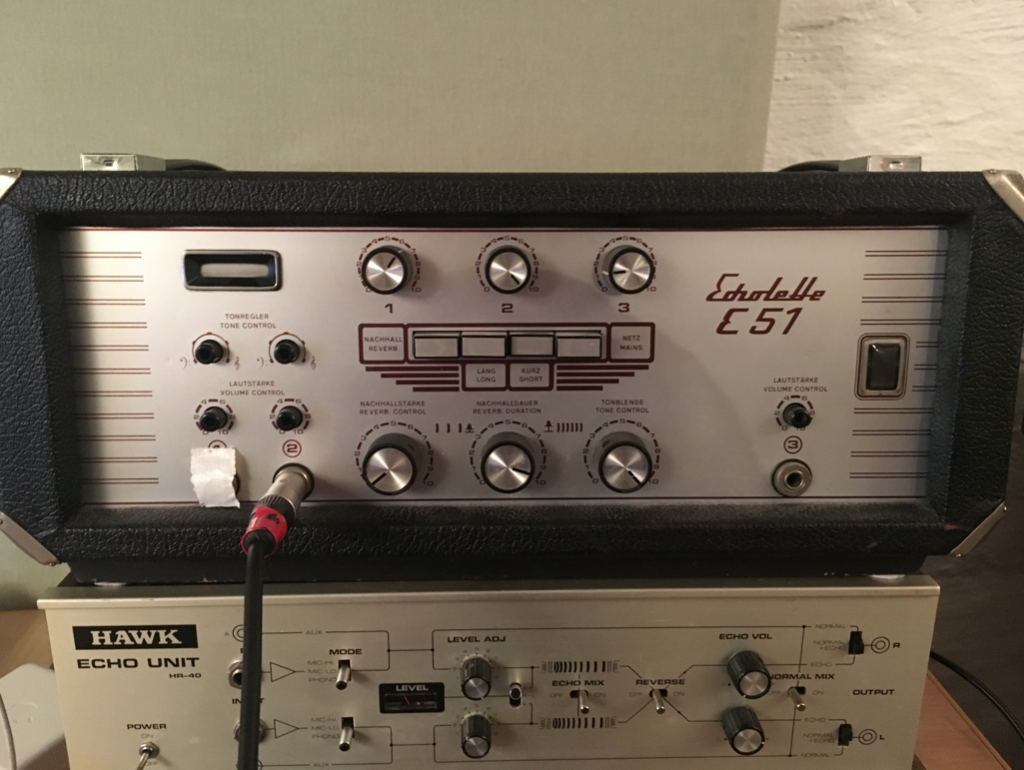
Although these units sound way dirtier than Roland’s RE-201 Space Echo, and probably closer to the Watkins Copicat, I think the E51 is way more versatile. It has a three-head controllable tape machine with tube preamps in and out and delay bypass. I used it a lot for “Notion of Dismay,” running my vocals through it for dub outs etc. It’s still a relatively cheap machine here in Germany given its pre-Dynacord history.
Lastly
All that being said, I need to stress: you don’t need any of the above pieces to make great music. For me, this is what has helped me get out what I want to express and what I have found myself feeling comfortable with. I have bought and sold a lot of gear throughout the years, and I think once you are achieving results you never thought were possible with your setup (whatever it is) then you shouldn’t mess around with it too much until you are ready to push yourself to another tier sonically and musically.

